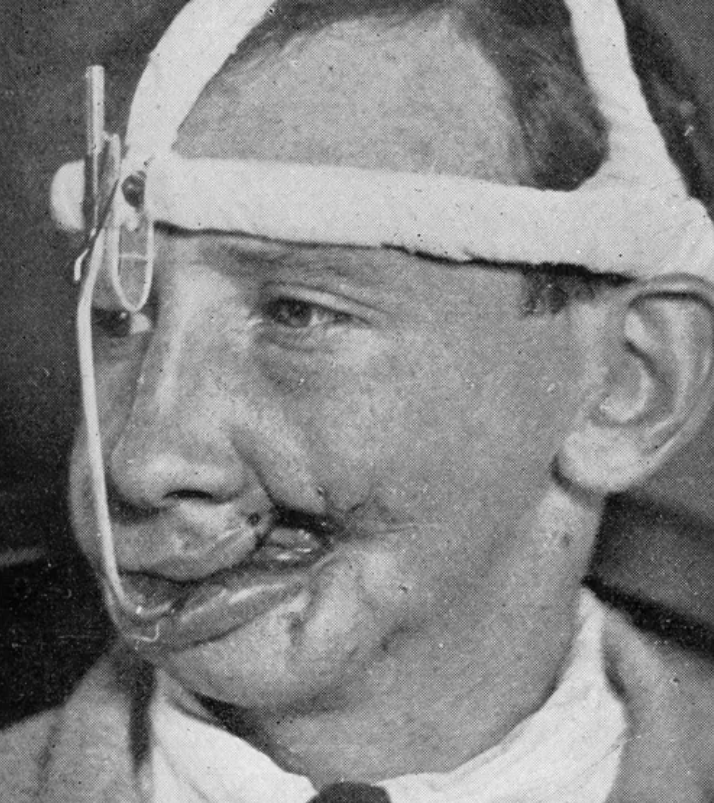Souvenirs
Facial injuries were common among soldiers during the World Wars, particularly in World War I where trench warfare led to a high number of facial injuries caused by shrapnel, bullets, and explosives. These injuries had significant physical and psychological effects on soldiers. Physically, facial injuries often resulted in disfigurement and functional impairments such as difficulty speaking, eating, and breathing. These impairments could be permanent, severely impacting the quality of life for soldiers after they returned from service. Reconstructive surgery was available, but it was often limited and not always successful.
Psychologically, facial injuries could have a profound impact on soldiers' self-esteem and sense of identity. The visible disfigurement and social stigma associated with facial injuries could lead to feelings of shame, isolation, and depression. Many soldiers with facial injuries reported feeling less confident and less able to participate in social activities after their injury. The psychological effects of facial injuries were often compounded by the lack of understanding and support from society at the time. Soldiers with facial injuries were sometimes seen as "less heroic" than soldiers with other types of injuries, and they faced discrimination in employment and social situations after the war.
Despite these challenges, many soldiers with facial injuries were able to find a sense of purpose and meaning after their injury, often through advocacy work and supporting others with similar injuries. Advances in surgical techniques and prosthetics have also improved the physical outcomes for soldiers with facial injuries in more recent conflicts. Souvenirs was one of the first pieces on the theme of war, created for my graduate project. The Installation was composed of inverted images of soldiers, whose facial injuries were caused by wars. The original photos were provided by the BBC.
Psychologically, facial injuries could have a profound impact on soldiers' self-esteem and sense of identity. The visible disfigurement and social stigma associated with facial injuries could lead to feelings of shame, isolation, and depression. Many soldiers with facial injuries reported feeling less confident and less able to participate in social activities after their injury. The psychological effects of facial injuries were often compounded by the lack of understanding and support from society at the time. Soldiers with facial injuries were sometimes seen as "less heroic" than soldiers with other types of injuries, and they faced discrimination in employment and social situations after the war.
Despite these challenges, many soldiers with facial injuries were able to find a sense of purpose and meaning after their injury, often through advocacy work and supporting others with similar injuries. Advances in surgical techniques and prosthetics have also improved the physical outcomes for soldiers with facial injuries in more recent conflicts. Souvenirs was one of the first pieces on the theme of war, created for my graduate project. The Installation was composed of inverted images of soldiers, whose facial injuries were caused by wars. The original photos were provided by the BBC.





